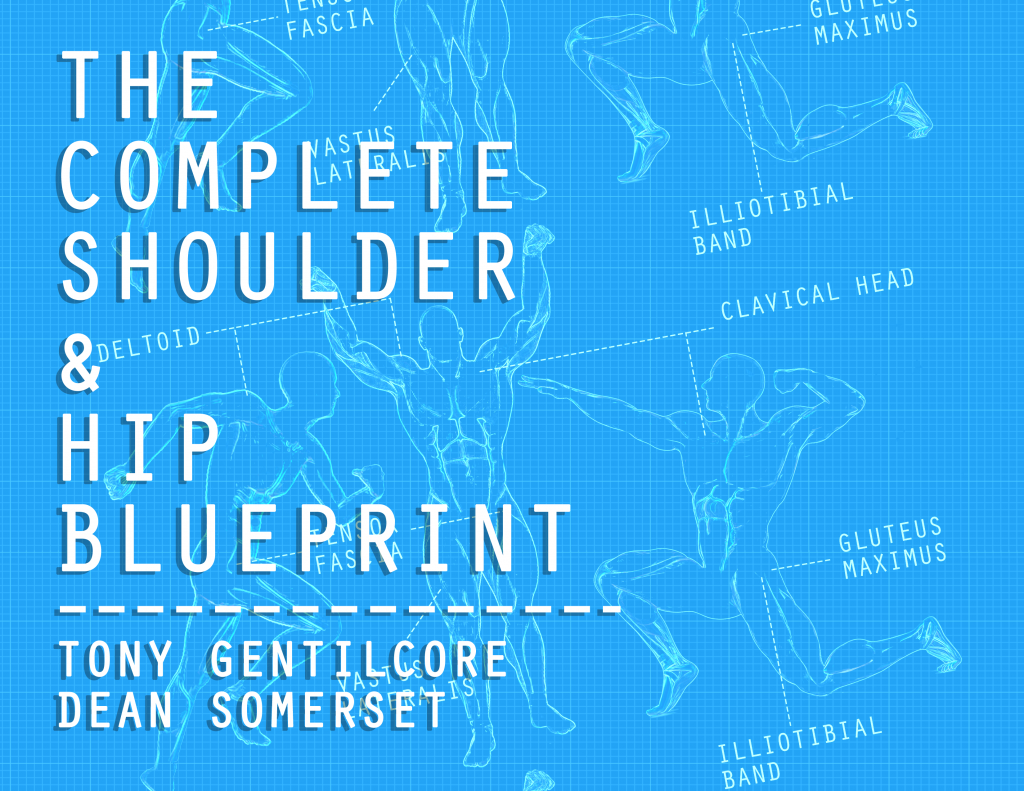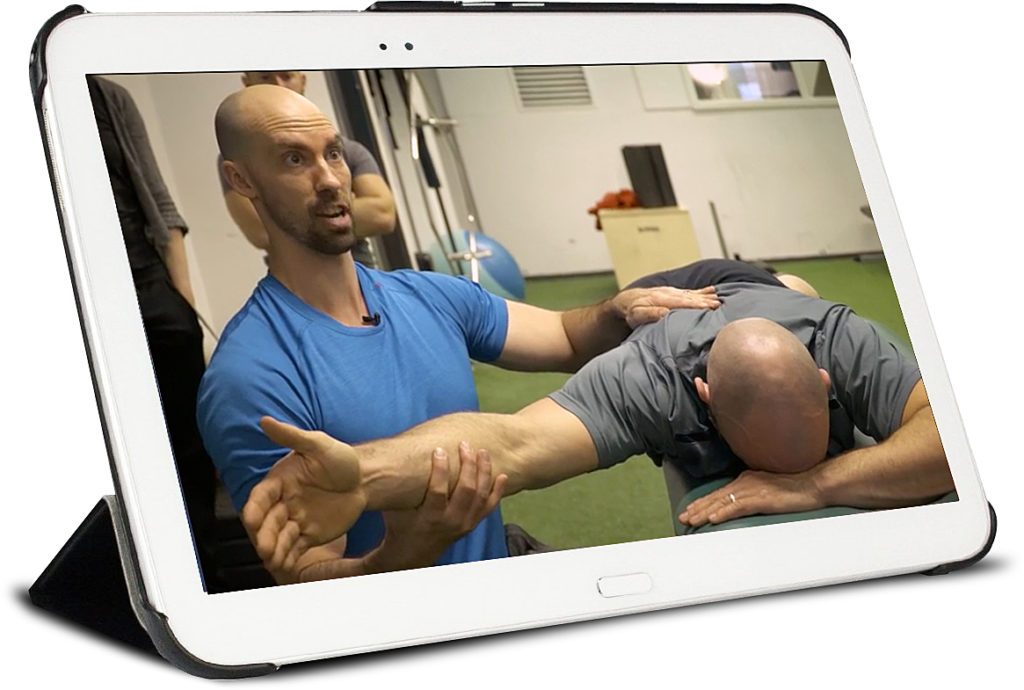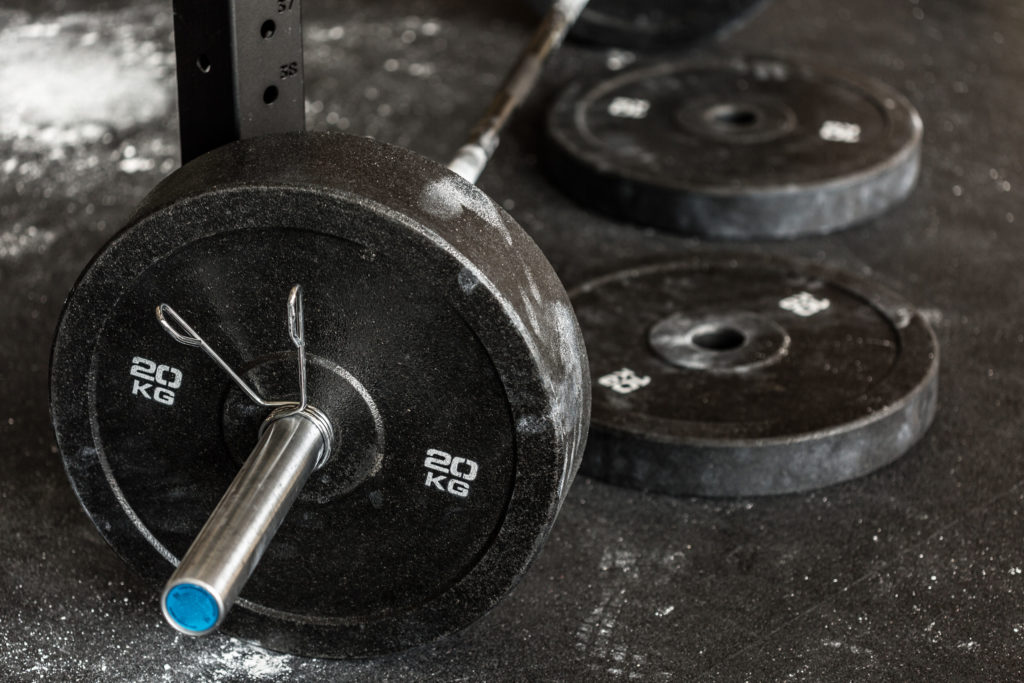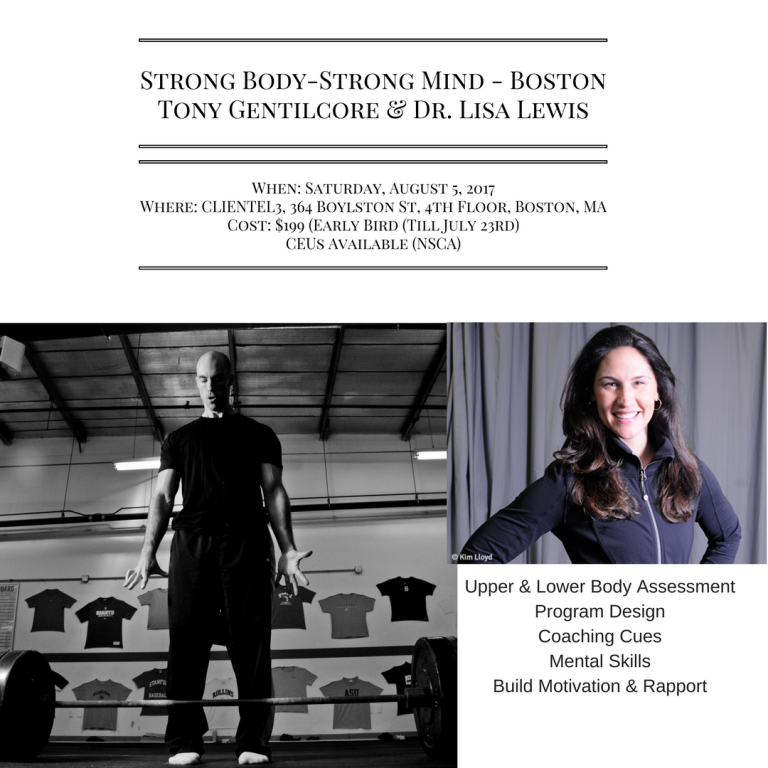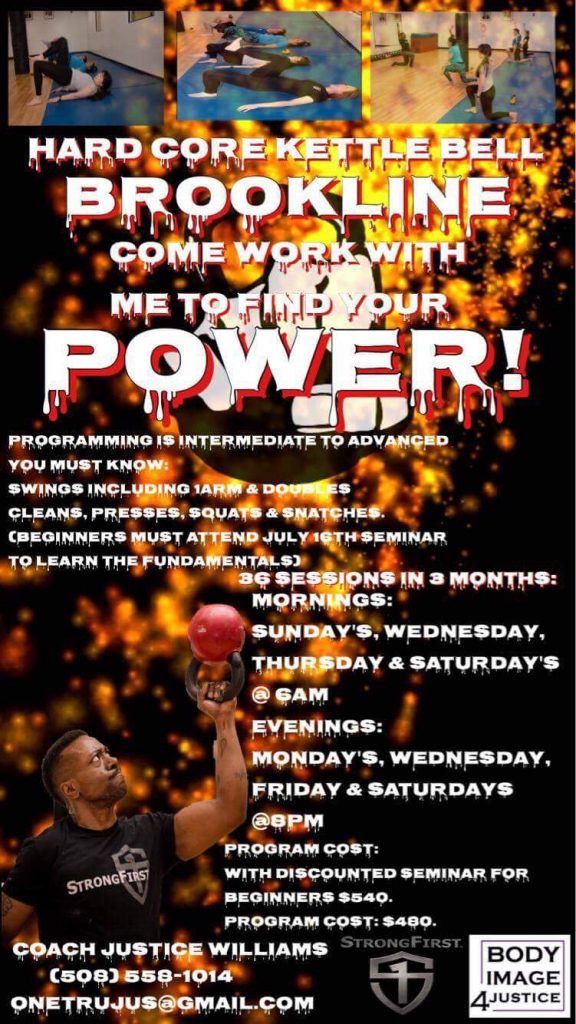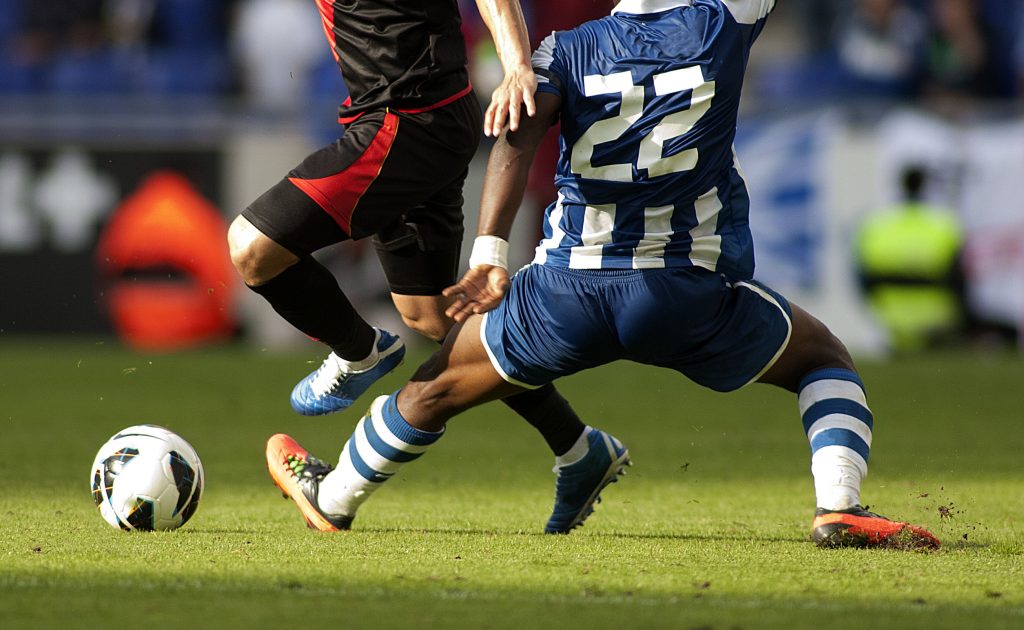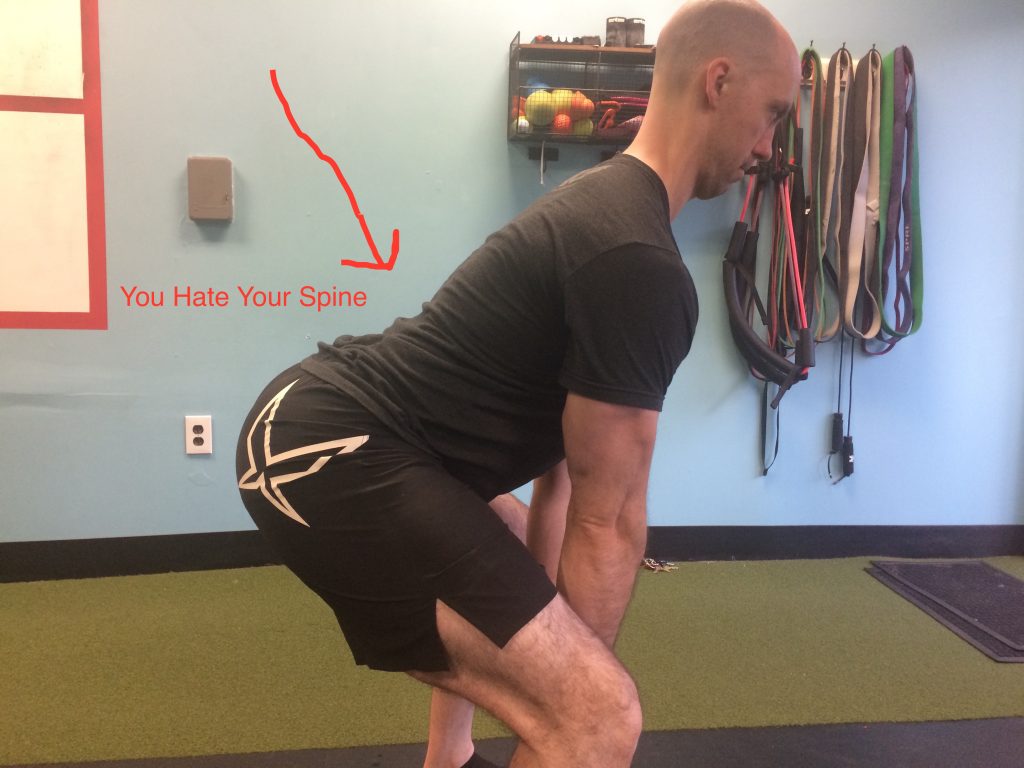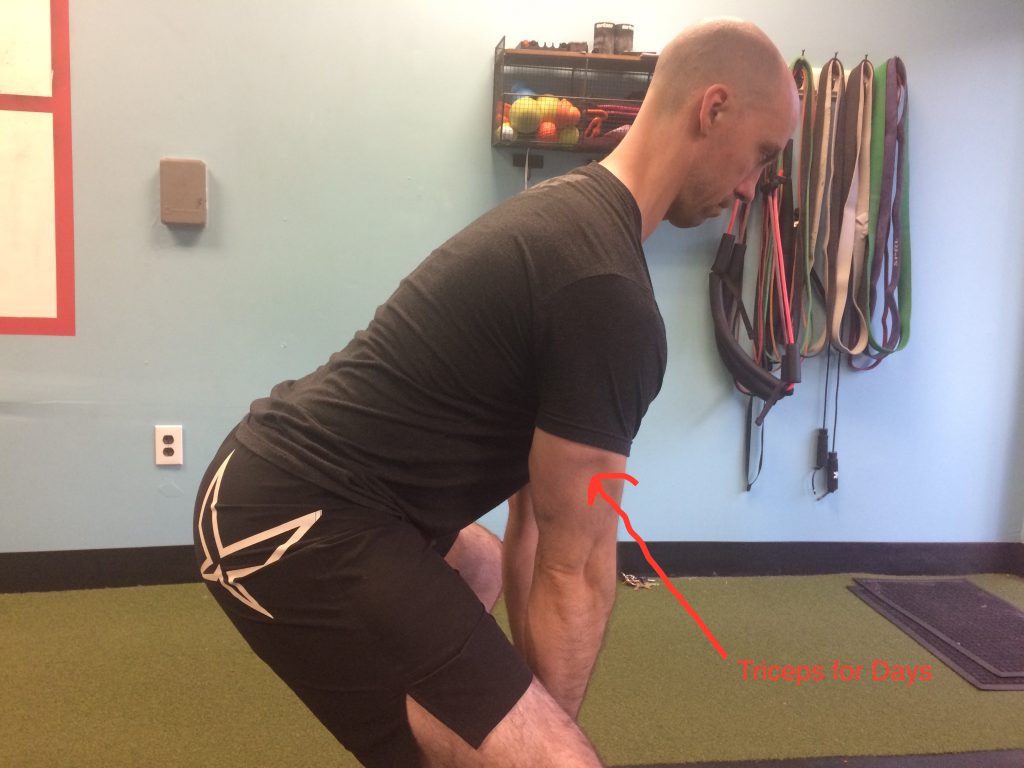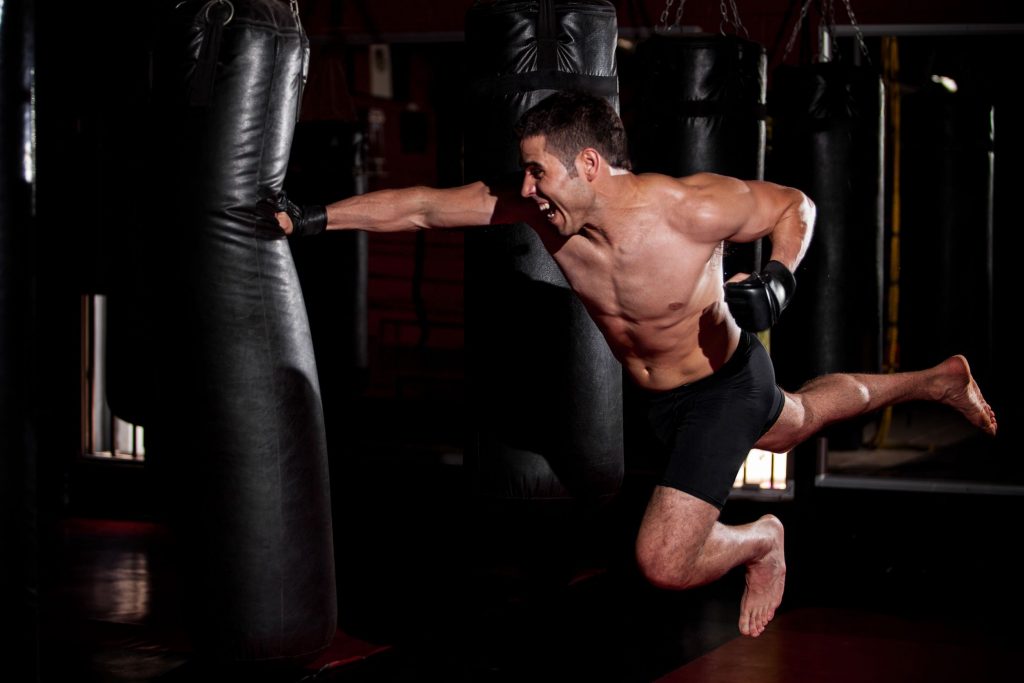Last week Travis Hansen wrote part one and covered some arguable topics that you can focus on as a trainer/coach to help improve your personal and online training business over the long-haul.
He had more to say. Hope you enjoy part two.

Fitness Industry Survival Tips: The Part Two Part
1. Develop a Niche
It’s a very competitive world and there are many sub-fields within the training industry that you can explore to try and make a living and attempt to specialize in. (i.e. fat loss, muscle building, bodybuilding, powerlifting, Olympic lifting, Crossfit, athletic development, bootcamps, corrective exercise, etc. etc.)
Trying to stay general and master all areas of training development is a pipe dream and self-limiting.
Just take a quick look at the best in the business, and they are once again sharing something by having a specific brand or niche.
Bret Contreras is the Glute Guy, Lee Taft is the Speed Guy, Charlie Weingroff introduced the concept of actual training for rehab purposes, McGill is the spine expert, The Cosgrove’s were the original face of fat loss for years, Eric Cressey is a shoulder genius and baseball expert, and so on…
Granted you could make a very strong case that these guys could hold their own in just about any type of debate about a specific subject matter.
Nonetheless, most have a specialty because training is extremely competitive and technical when you get into the nitty gritty and discover lots of depth on a topic. And as I mentioned in part #1, this is yet another reason why you will need a sound network, so that you know who to turn to when an issue originating in an area outside of your target specialty occurs.
Also, bear in mind that there is much overlap between speciality’s which will require strong foundations across many types of training, but be sure to be real with yourself always and make it a point to identify your limits and knowledge gaps.
2. Practice What You Preach
This one probably pretty much goes without saying at this point, but I still think it’s worth mentioning.
If you want immediate attention and respect from clients and athletes in the short-term then all you need to do is look the part.
For example, if you want to train bodybuilders then be a bodybuilder. If you want to attract football players then play collegiate or even pro football and watch the initial waves of players that come knocking on your doorstep.
But does all of this guarantee that you are going to keep clients coming back in for more?
Hell no.
Why?
People inevitably want what they want, and this is results!
Although, having gone through the type of training you are preaching will award a temporary competitive advantage since you have gone through the process…beyond that you will have to gorge yourself with info and be a “student.”
This is why you see many pro superstars that don’t evolve into becoming coaches after their career’s are finished. They didn’t learn all of the x’s and o’s. Training goes beyond just hard work and talent. You have to really dedicate yourself to craving more knowledge and learning both the science and art of training.
Conversely, on the other end of the spectrum you have guys that have very little experience in a style of training, but are absolutely phenomenal and world class at what they do. There are several examples but it’s not important.
These individuals are brilliant intellectually, and can identify angles and interpret information and research differently from the rest of us. They are of course the exception, and are few and far between though.
And just so you don’t think I’m talking out of my ass, here is a comparison video from years ago of me walking the walk:
I was running consistent mid to high 4.4’s from multiple people hand timing me. And there happened to be one day where I felt superhuman and did record a 4.31 (4.54 fully electronic)!
What I was really proud of is that I spent half of a decade trying to improve my speed because I love speed training.
I started at a 4.7-4.8 initially.
I researched every technique, book, research study, program, and periodization model that I could find. My goal was to run a 4.3 naturally, and once I did that I lost all of my motivation and wanted to help others with a similar passion in becoming as fast as possible.
Since then there has been hundreds of athletes follow our training system and become much faster. Which brings me to the next factor.
3. Build Your Portfolio
Early on in my training career I would spend money on business cards, pamphlets, etc. in hopes of generating business leads and potential clients since I had just become self-employed and hated the corporate scene.
This was the approach that was advocated by my circle at the time, but I must admit that it didn’t feel right at all and I quickly dismissed the idea and went a different route altogether.
I asked myself why am I trying to sell a service with out much evidence that it works, along with a crystal clear understanding of what I’m actually doing?
And that is when I decided to commit myself to constant learning and daily practice.
Moreover, I wanted to make the absolute most out of each opportunity that I had training each client.
My learning to client ratio at the time was like 9:1.
I wasn’t making really any money, but I had a large window of time that I could capitalize on outside of training to gradually improve my training skill set. Anytime outside of that was focused on being social and staying sane!
And then I would train my ass myself.
Over time, I had taken care of a lot of people, and my clientele incrementally started to grow. But my whole mission of being results based and results driven has never changed and never will.
Do good work and people will come. Word of mouth will start to surface, and then eventually you will have something tangible that you can really market and sell to the public.
4. How Do You Respond to Failure?
How you respond specifically to acts of failure is going to be a huge determinant in how far you go I’ve found out.
Like anybody, you are going to always take your lumps in this business or any for that matter.
Just accept it.
“I failed”
“Good. Go fail again.” – Davos Seaworth
— Tony Gentilcore (@tonygentilcore1) July 2, 2017
I think a big key factor is trying to minimize your failures and not make things harder on yourself than necessary. I can tell you firsthand that I’ve had days where I’ve completely sucked, cried, broke shit, sat there and shook my head in disbelief, and questioned whether or not it was all worth it, or if I really wanted to do this anymore.
A big part of the reason for this I think is because I have ridiculous goals and always have since I was 8 years old. And when you are miles and miles away from were you want to be, well it f*%ken sucks.
But when you start to become and remain accountable with yourself and you are constantly learning and practicing your craft with full effort, then it all starts to make sense eventually and things begin to fall in place slowly.
Wrap Up
On a final note, I really sincerely hope these two pieces may have enlightened you on a few things you may not have thought about with the profession and my full intention is to help you as much as possible.
Stay patient, grind, laugh, have fun, and try not to worry too much or be too critical of yourself. It will eat you alive!
About the Author
Travis Hansen has been involved in the field of Human Performance Enhancement for nearly a decade. He graduated with a Bachelor’s degree in Fitness and Wellness, and holds 3 different training certifications from the ISSA, NASM, and NCSF.
He was the Head Strength and Conditioning Coach for the Reno Bighorns of the NBADL for their 2010 season, and he is currently the Director of The Reno Speed School inside the South Reno Athletic Club.
He has worked with hundreds of athletes from almost all sports, ranging from the youth to professional ranks. He is the author of the hot selling “Speed Encyclopedia,” and he is also the leading authority on speed development for the International Sports Sciences Association.


